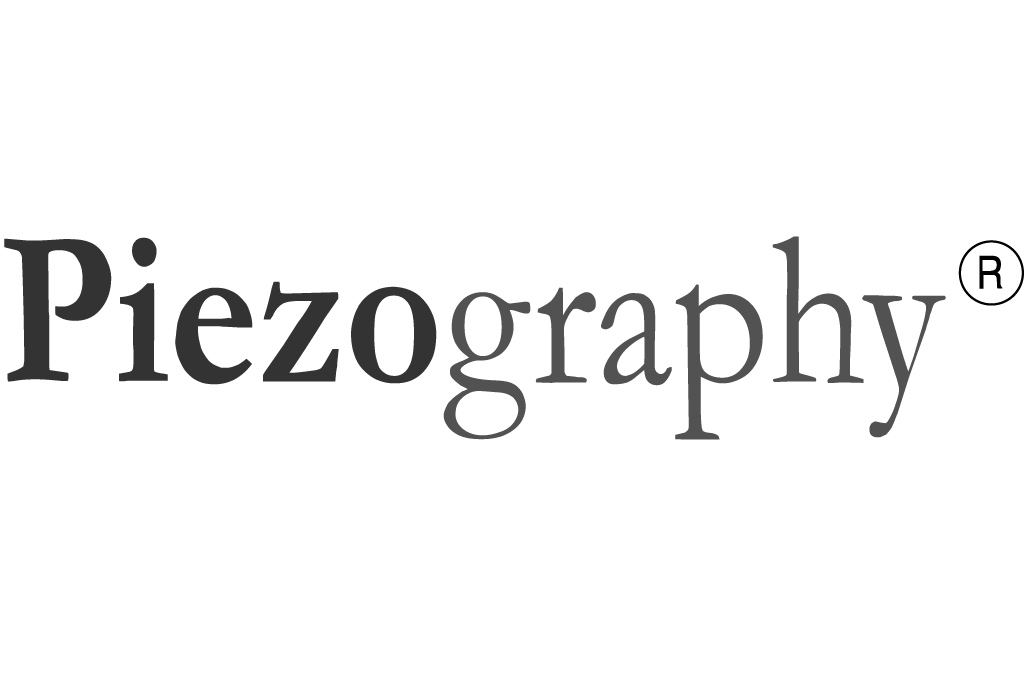
by Jon Cone | Jan 21, 2009 | Calibration, Workflow, Writing
Take a look at the following graphic to find your calibration score. What is the lowest number that you can …

by Jon Cone | Jan 21, 2009 | Piezography K7 inks and K7 curves, Workflow, Writing
You can check the quality of your own linearization with a tool that I have provided in the form of …

by Jon Cone | Jan 21, 2009 | Featured, Piezography K7 inks and K7 curves, Workflow, Writing
Piezography K7 (K6) is a system of seven (or six) shaded monochromatic inks and matching media “profiles,” that when used …

by Jon Cone | Jan 21, 2009 | Calibration, Workflow, Writing
Introduction Piezography K7 is intended as a synergistic relationship between seven shades of carbon black ink and a special Piezography …

by Jon Cone | Jan 21, 2009 | Calibration, Workflow, Writing
So if a photographer can not calibrate their display to print, or refuses to… why would a photographer refuse to …

by Jon Cone | Jan 21, 2009 | Calibration, Workflow, Writing
Lets take a look at what happens when a display is calibrated too bright. Many photographer like to look at …

by Jon Cone | Jan 21, 2009 | Calibration, Workflow, Writing
Standard K7 profiles are made to differentiate between 256 gray levels from RGB value 0 (black) to RGB value 255 …

by Jon Cone | Dec 27, 2008 | Piezography Technical, Research, Workflow
I get a lot of questions asking what is the state of the art in Piezography. In other words, what …

by Jon Cone | Dec 27, 2008 | Piezography Technical, Research, Workflow, Writing
Because K7 is designed to separate the gray values between 0 and 255, you should calibrate your imaging techniques to …

by Jon Cone | Dec 27, 2008 | Calibration, Workflow, Writing
The K7 standard Piezography K7 profiles when used with K7 inks produce 255 separate shades of gray (256 including white). …










